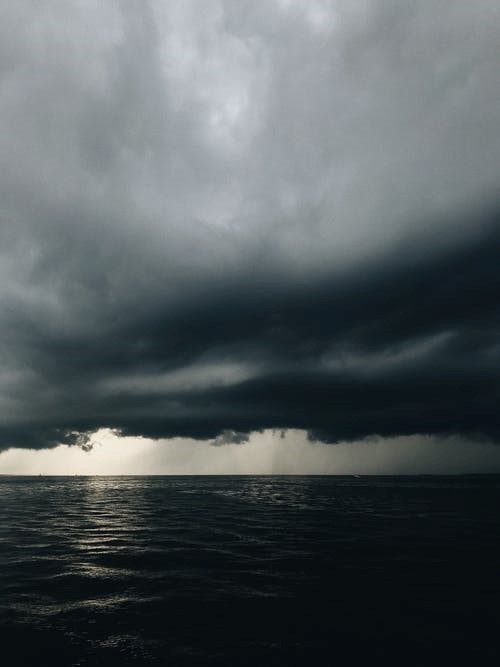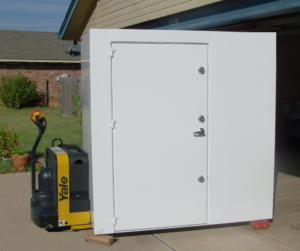Every year, hundreds of tornadoes across the country leave infrastructure devastated and many people killed. This blog post will highlight how tornadoes are formed and why it is difficult to predict when they’re coming.
A tornado can be defined as “a violently rotating column” filled with air, extending from the thunderstorm to the ground. Often, when one occurs, the sky turns dark and greenish and black storm clouds are formed. Sometimes, baseball-sized hail may also fall simultaneously, and a funnel appears as if it is coming out from a cloud. As it approaches, it feels like a freight train is approaching you, tearing up everything that comes in its way.
How Do they Form?
The violent tornadoes arise from supercells or large thunderstorms. They have heavy winds in rotation, and at least a thousand storms join together to form one supercell. Then five or six supercells combine to create a tornado.
Although tornadoes can hit at any time of the year, they are common in early spring and followed by the jet stream. In the U.S., the month of May has the greatest number of tornadoes. However, throughout history, tornadoes from April have always proven to be more violent and devastating.
There is no fixed time for when tornadoes can occur, but they mostly appear in the late afternoon when the sky suddenly turns dark because, at that time, the sun has provided enough heat to the ground. They are essentially a result of the collision of warm, humid air with cold, dry air. Since the cold air is denser, it is pushed over the warm air, resulting in thunderstorms. Gradually, the warm air rises through the relatively colder air and results in an updraft that rotates when winds vary. The rotating updraft is often called a mesocycle, and it draws in more warm air from the thunderstorm as the speed increases.
Do you wish to stay safe from the tornadoes? At US Safe Rooms, we offer aboveground shelters and installation services for residential and commercial clients. So, if you’re in Denison, Plano, Fort Worth, Sherman, or Dallas, you can reach out to us for shelters to protect your family and friends from natural disasters.










